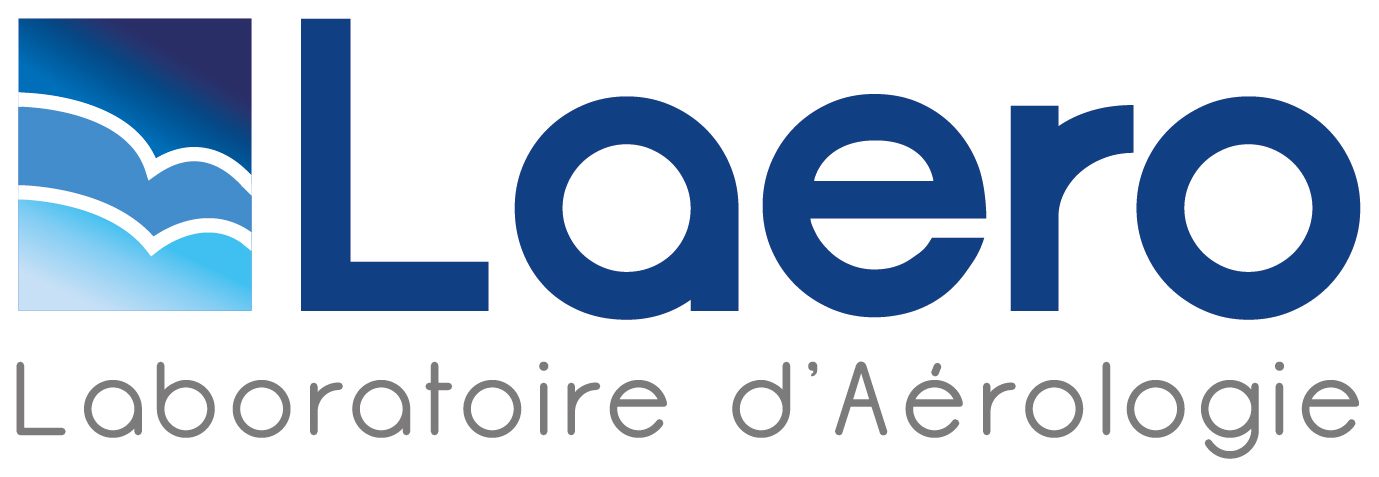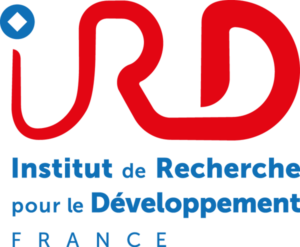Role of Thunderstorms on Upper Troposphere Ozone – What We Have Learned from DC3
Thunderstorms transport trace gases and aerosols from the boundary layer to the upper troposphere and lower stratosphere (UTLS). Along the way, many processes occur, including lightning and its production of nitrogen oxides (NOx), scavenging by precipitation, chemical reactions, and transport. Consequently, high-altitude plumes of photochemically-active chemistry that produce ozone are found in the UTLS region where ozone acts as a greenhouse gas. To advance our understanding of how thunderstorms affect tropospheric composition, the Deep Convective Clouds and Chemistry (DC3) experiment was conducted over the central US in May and June 2012. Here, we highlight recent results from the DC3 campaign.
As boundary layer air is ingested into thunderstorms, we expect most aerosols and some trace gases to be removed by clouds and precipitation. DC3 observations show that >80% of hygroscopic aerosols but only 10% of dust particles are removed during transport to the storm anvil regions, suggesting deep convection may be an efficient transport mechanism for dust. Scavenging efficiencies of formaldehyde and peroxides, important ozone precursors, are 41-58% (CH2O), >77% (H2O2) and 12-84% (CH3OOH). Lightning plays a very important role in atmospheric chemistry through its production of NOx, which has been estimated for Colorado and Oklahoma DC3 storms to be 142-291 moles NOx per flash. We are beginning to connect these NOx production rates to lightning flash size. Estimates of ozone production in convective outflows with and without wildfire smoke underscores that more lightning-produced NOx creates more ozone, with 10-15 ppbv ozone produced during the day after convection. Although we expect ozone to be formed in the UT convective outflow plumes, a surprising result encountered during DC3 was the cloud-scale stratosphere-troposphere exchange caused by the thunderstorm dynamics. Measurements found stratospheric ozone alongside storm anvils, even wrapping around the anvil in one case, bringing high ozone concentrations into the UT.






